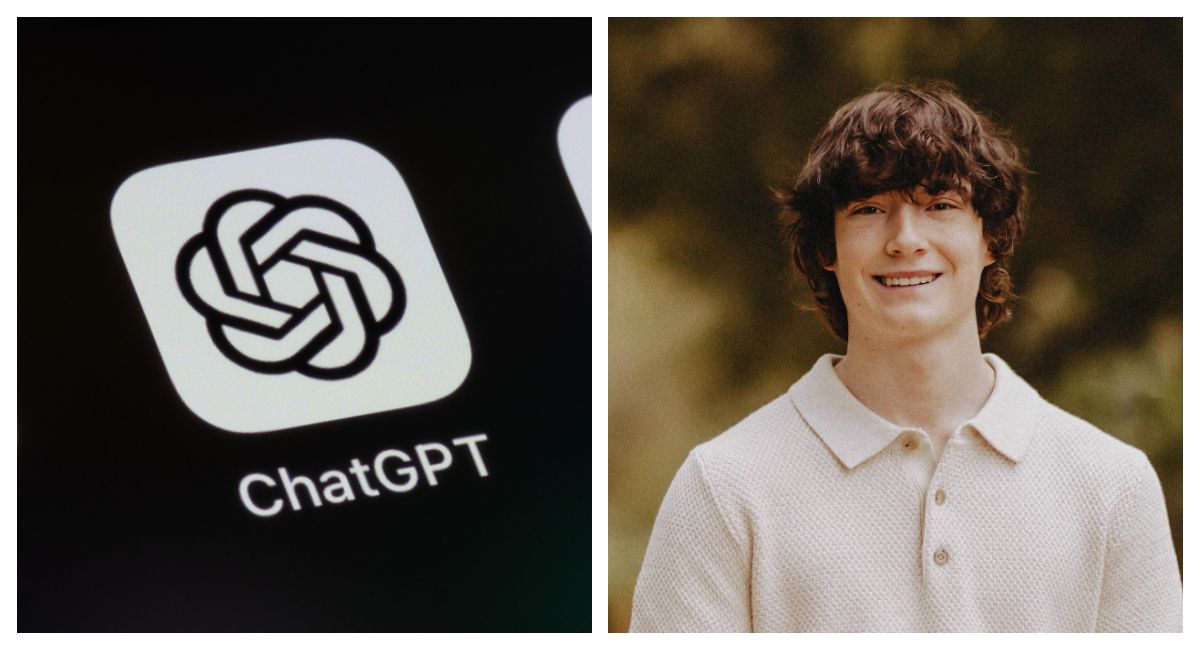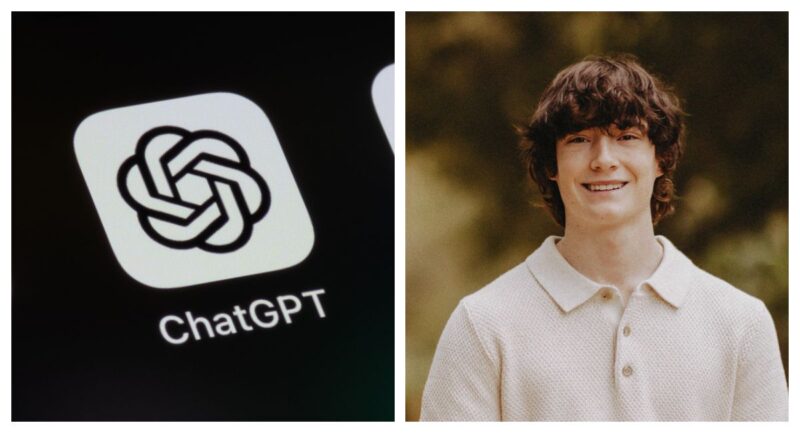
OpenAI is making some big changes to how teenagers use ChatGPT. The company announced that new parental controls are coming after a heartbreaking case in California, where the parents of a 15-year-old boy said the chatbot played a role in their son’s death.
They’ve filed a lawsuit, accusing OpenAI of negligence, and the case has thrown a spotlight on how AI tools handle vulnerable young people.
The new controls are designed so parents and teens can link their accounts, but only if both sides agree. Once connected, parents won’t have full access to every single thing their child types into ChatGPT. Instead, they’ll get tools to make the experience safer.
What does this mean?
Parents can limit how much content their teens are exposed to, decide whether conversations are stored, and even choose if their child’s chats should be used to train OpenAI’s models.
RELATED: How students are using ChatGPT and AI tools to make money on campus
Parents will also be able to set “quiet hours,” so ChatGPT can’t be used at certain times, say, during school, late at night, or when it’s family time. Other features include turning off voice mode, image generation, and editing tools, giving parents a chance to decide what their teen can and can’t access.
The New Safety Control
OpenAI says parents won’t see the full transcript of what their child is talking to the chatbot about. Instead, if moderators inside OpenAI detect a serious safety risk, like signs of suicidal thoughts, the system can send a limited notification to parents.
It won’t expose every word, but it will give them enough of a heads-up to step in and support their child. And if a teen decides to unlink from the parent account, the parent will be notified too.
On top of that, OpenAI is working on an age-prediction system that tries to automatically detect if someone under 18 is using ChatGPT. The idea is to make sure teens are placed under these safer, more protective settings even if they don’t manually link with a parent.
The timing of all this is no coincidence. The California lawsuit claims that the teenager named Adam Raine, had long conversations with ChatGPT where he expressed struggles, but the chatbot failed to intervene in ways that could have made a difference. His parents say the lack of guardrails contributed to his death, and now the company is under intense scrutiny.
RELATED: 9 Parental Control Apps Built To Help You Keep Your Kids Safe Effortlessly
These new changes don’t erase what happened, but they show that OpenAI is trying to respond to concerns that its technology isn’t built with enough safeguards for kids and teens. For many families, especially in places where mental health resources are already limited, features like quiet hours and safety alerts could offer some extra reassurance. But they also raise tricky questions: how much should a parent know about their child’s private conversations with a chatbot, and how much privacy should a teen keep?
What’s clear is that AI isn’t just about fun answers or school homework anymore, it’s becoming part of teenagers’ daily lives. And with that, the responsibility on companies like OpenAI to protect vulnerable users is heavier than ever.
These new parental controls are a step, maybe even a much-needed one, but they’ll be closely watched to see if they actually prevent future tragedies.








